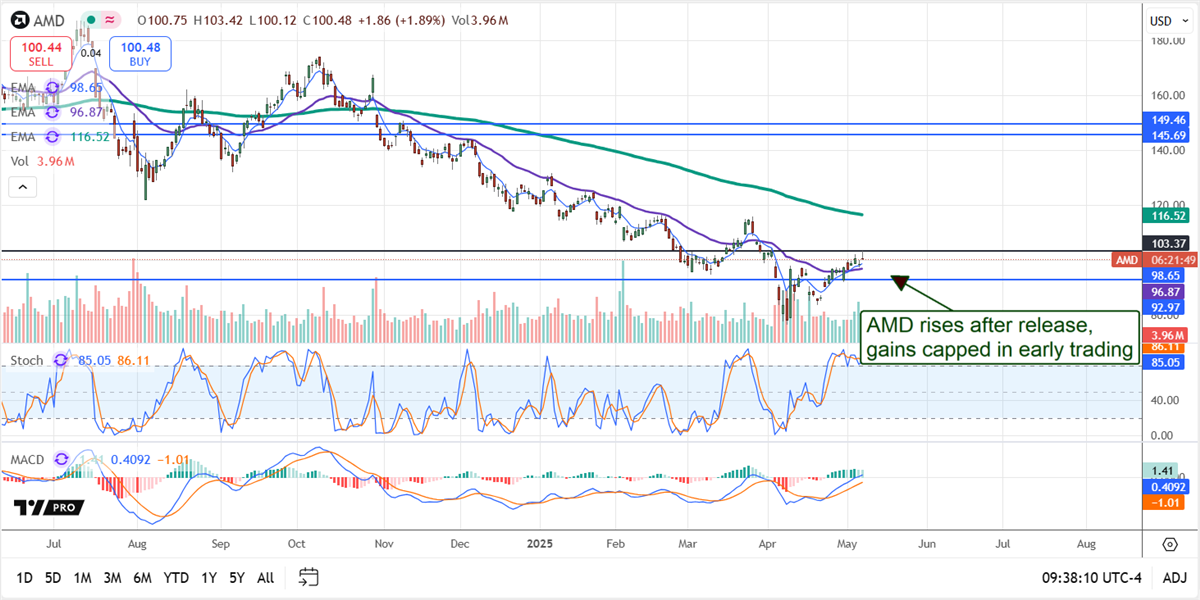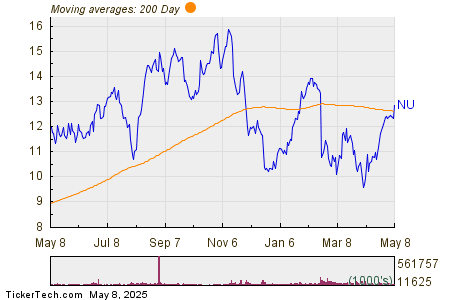Sirius XM Faces Financial Challenges Amid Market Downturn
Sirius XM Holdings Stock (NASDAQ: SIRI) has seen a 7% decline year-to-date, mirroring the broader market’s downturn, with the S&P 500 also down by 7%. In its Q1 report, the company announced earnings per share of $0.59, which is a 6% decrease year-over-year and falls short of analyst expectations of $0.67. Revenue for the quarter stood at $2.07 billion, reflecting a 4% year-over-year decline and slightly missing the anticipated $2.08 billion. With ongoing subscriber attrition, SiriusXM is in the midst of a strategic transition focused on cost optimization and the growth of digital audio. The company has made notable strides in reducing costs, with total operating expenses falling 4% year-over-year. The most substantial reductions occurred in Sales & Marketing (down 19%) and Product & Technology (down 15%), highlighting a commitment to operational efficiency.
On the subscriber front, self-pay subscriptions dipped by 1% year-over-year to roughly 31.34 million; however, this decline shows a marked 16% improvement compared to Q1 2024. Nonetheless, paid promotional subscribers and paid accounts in Canada dropped by a combined total of 439,000.
SIRI Stock: A Cautious Investment
SIRI Stock is currently viewed as unattractive, making it a poor choice at its present price of around $21. Concerns regarding Sirius’ financial performance contribute to this assessment, despite its seemingly low valuation.
We arrived at this conclusion by comparing SIRI’s current valuation with its operational performance and financial condition over recent years. Our analysis across several key parameters—Growth, Profitability, Financial Stability, and Downturn Resilience—indicates that Sirius XM’s operating performance is very weak.
Valuation Comparison: Sirius XM vs. the S&P 500
In terms of valuation, SIRI Stock appears inexpensive when compared to the broader market.
- Sirius XM has a price-to-sales (P/S) ratio of 0.9, while the S&P 500 has a ratio of 2.8.
- Additionally, SIRI’s price-to-free cash flow (P/FCF) ratio stands at 4.3, compared to 17.6 for the S&P 500.
Revenue Trends for Sirius XM
Revenue growth for Sirius XM has stalled over the past few years.
- The company’s revenues have remained flat for three years, contrasting with a 6.2% increase for the S&P 500.
- Revenues have dipped 2.8% from $9.0 billion to $8.7 billion over the last year, while the S&P 500 enjoyed a 5.3% growth.
- The latest quarterly revenues dropped 4.4% to $2.1 billion, down from $2.1 billion a year prior, while the S&P 500 saw a 4.9% improvement.
Profitability Analysis for SIRI
Sirius XM’s profit margins lag behind most companies in the Trefis coverage universe.
- Sirius XM’s Operating Income for the last four quarters was $1.9 billion, yielding a moderate Operating Margin of 22.3% compared to 13.1% for the S&P 500.
- Operating Cash Flow (OCF) during this period was $1.7 billion, resulting in a moderate OCF Margin of 20.0% versus 15.7% for the S&P 500.
- However, Sirius XM posted a Net Income of $-1.7 billion, indicating a poor Net Income Margin of -19.1% against 11.3% for the S&P 500.
Financial Stability Outlook
Sirius XM exhibits a very weak financial condition.
- The company reported total debt of $10 billion at the end of the latest quarter, accompanied by a market capitalization of $7.0 billion as of May 2, 2025, resulting in a poor Debt-to-Equity Ratio of 140.0% compared to 21.5% for the S&P 500.
- Cash and cash equivalents constitute $162 million of the total $28 billion in assets, yielding a low Cash-to-Assets Ratio of 0.6%, as opposed to 15.0% for the S&P 500.
Downturn Resilience of SIRI Stock
SIRI Stock has underperformed compared to the S&P 500 during recent downturns. As investors hope for a soft landing for the U.S. economy, questions arise about the potential impact of another recession.
Inflation Shock (2022)
- SIRI Stock fell 49.6% from a peak of $67.80 on August 12, 2022, to $34.20 on May 9, 2023, whereas the S&P 500 declined by 25.4%.
- The Stock fully recovered to pre-Crisis levels by July 20, 2023.
- Since then, it peaked at $78.10 on July 20, 2023, and trades around $20 now.
Covid Pandemic (2020)
- SIRI Stock dropped 39.5% from $73.40 on February 20, 2020, to $44.40 on March 20, 2020, versus a peak-to-trough decline of 33.9% for the S&P 500.
- The Stock fully recovered to pre-Crisis levels by July 20, 2023.
Global Financial Crisis (2008)
- SIRI Stock plummeted 98.7% from $41.50 on January 16, 2007, to $0.55 on February 11, 2009, compared to a 56.8% decline in the S&P 500.
- The Stock fully recovered to pre-Crisis levels by November 4, 2015.
Conclusion: Valuation and Investment Outlook for SIRI Stock
In summary, Sirius XM’s performance across key parameters is as follows:
- Growth: Weak
- Profitability: Weak
- Financial Stability: Extremely Weak
- Downturn Resilience: Very Weak
- Overall: Very Weak
Given these factors and considering the company’s very low valuation, we believe SIRI Stock remains unattractive, reinforcing our view that it is a poor investment choice at this time.
Investors might want to consider diversifying their portfolios. Exploring other opportunities such as the Trefis Reinforced Value (RV) Portfolio could provide stronger returns compared to individual stocks like Sirius.
The views and opinions expressed herein are those of the author and do not necessarily reflect those of Nasdaq, Inc.






